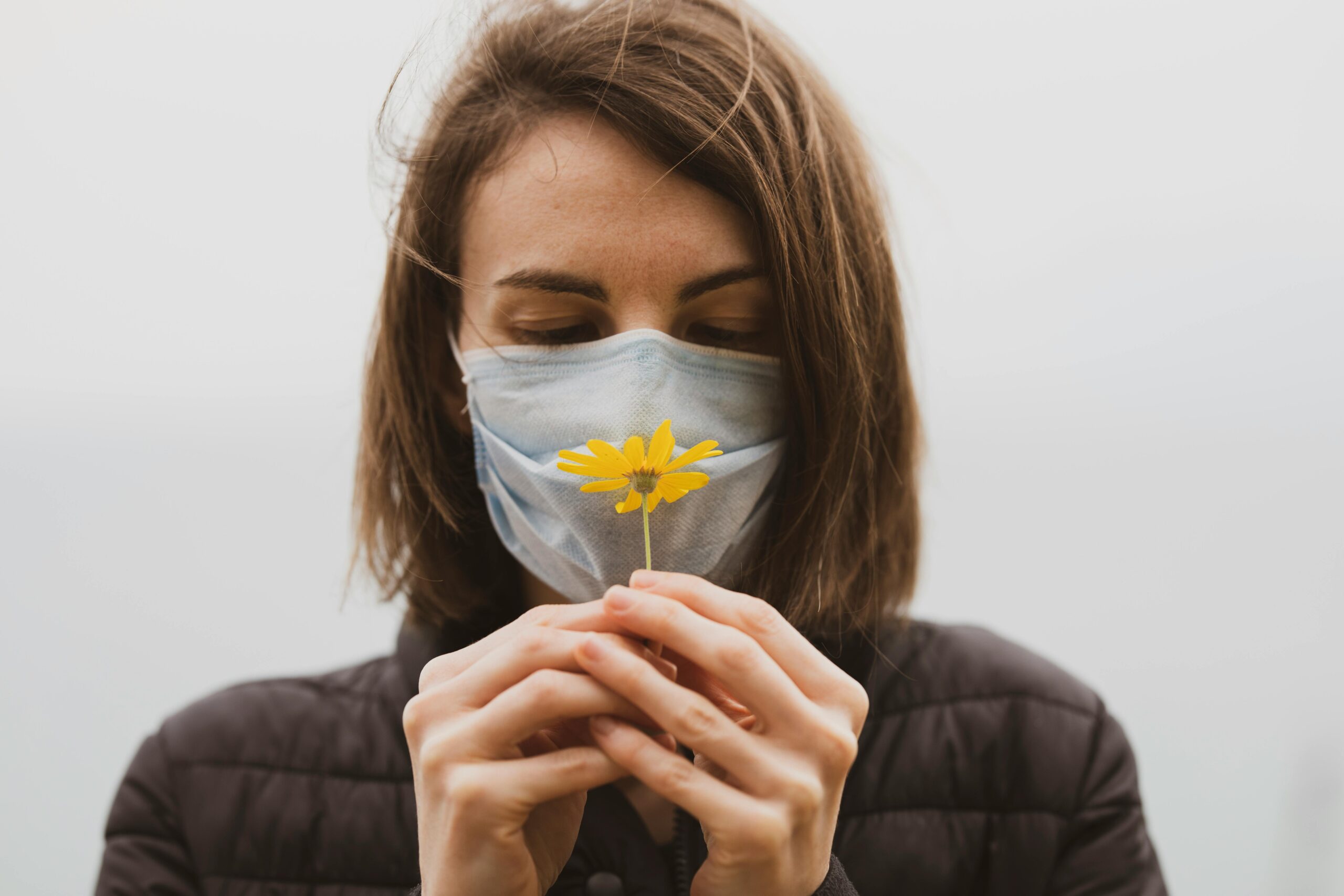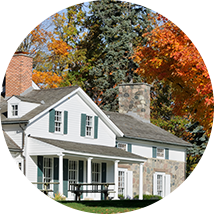
Surviving Springtime Allergies: Tips for a Sniffle-Free Season

As the flowers bloom and the birds chirp, many of us eagerly welcome the arrival of spring. However, for allergy sufferers, this season brings not just beauty but also a barrage of sneezing, itching, and congestion. Springtime allergies, triggered by pollen from trees, grasses, and flowers, can put a damper on the joys of the season. But fear not! With the right strategies, you can minimize your symptoms and make the most of spring.
Understanding Spring Allergies:
Spring allergies, also known as hay fever or seasonal allergic rhinitis, occur when your immune system overreacts to airborne pollen. Common culprits include tree pollen in early spring, followed by grass pollen later in the season. When pollen particles enter your body, your immune system mistakenly identifies them as harmful invaders, triggering the release of histamines and other chemicals that cause allergy symptoms.
Symptoms of spring allergies may include:
– Sneezing
– Runny or stuffy nose
– Itchy or watery eyes
– Scratchy throat
– Coughing
– Fatigue
Now that we understand the enemy, let’s explore some practical tips to help you combat spring allergies and enjoy the season to the fullest.
1. Monitor Pollen Counts:
Stay informed about daily pollen counts in your area. Many weather websites and smartphone apps provide pollen forecasts, indicating the levels of various pollen types. On high-pollen days, try to limit outdoor activities, especially during early mornings and windy conditions when pollen counts tend to be highest.
2. Keep Windows Closed:
While it’s tempting to open windows to let in the fresh spring air, doing so allows pollen to infiltrate your home. Keep windows and doors closed, especially during peak pollen times, and rely on air conditioning to cool your home instead.
3. Use High-Efficiency Air Filters:
Invest in high-efficiency particulate air (HEPA) filters for your HVAC system and consider using portable air purifiers in frequently used rooms. These filters can help capture pollen and other airborne allergens, providing relief for allergy sufferers indoors.
4. Practice Good Allergy Management:
Take proactive measures to reduce your exposure to allergens. After spending time outdoors, change your clothes, shower, and wash your hair to remove pollen particles. Keep pets clean and brush them regularly to prevent them from tracking pollen into your home.
5. Try Over-the-Counter Medications:
Over-the-counter antihistamines, decongestants, and nasal sprays can help alleviate allergy symptoms. Be sure to read and follow the instructions carefully, and consult with a healthcare professional if you have any questions or concerns.
6. Consider Allergy Immunotherapy:
For severe or persistent allergies, allergy shots (immunotherapy) may be recommended. This treatment involves regular injections of small amounts of allergens to desensitize your immune system over time, reducing your allergic response.
Conclusion:
Springtime allergies may be a nuisance, but they don’t have to ruin your enjoyment of the season. By staying informed, taking preventive measures, and seeking appropriate treatment when needed, you can minimize your symptoms and embrace all that spring has to offer. So go ahead, step outside, and breathe in the fresh air—without the sniffles!
Remember, if your allergy symptoms are severe or significantly impact your quality of life, don’t hesitate to consult with an allergist or immunologist for personalized advice and treatment options. With the right approach, you can conquer springtime allergies and make this season your best one yet.
Categories: Blog




